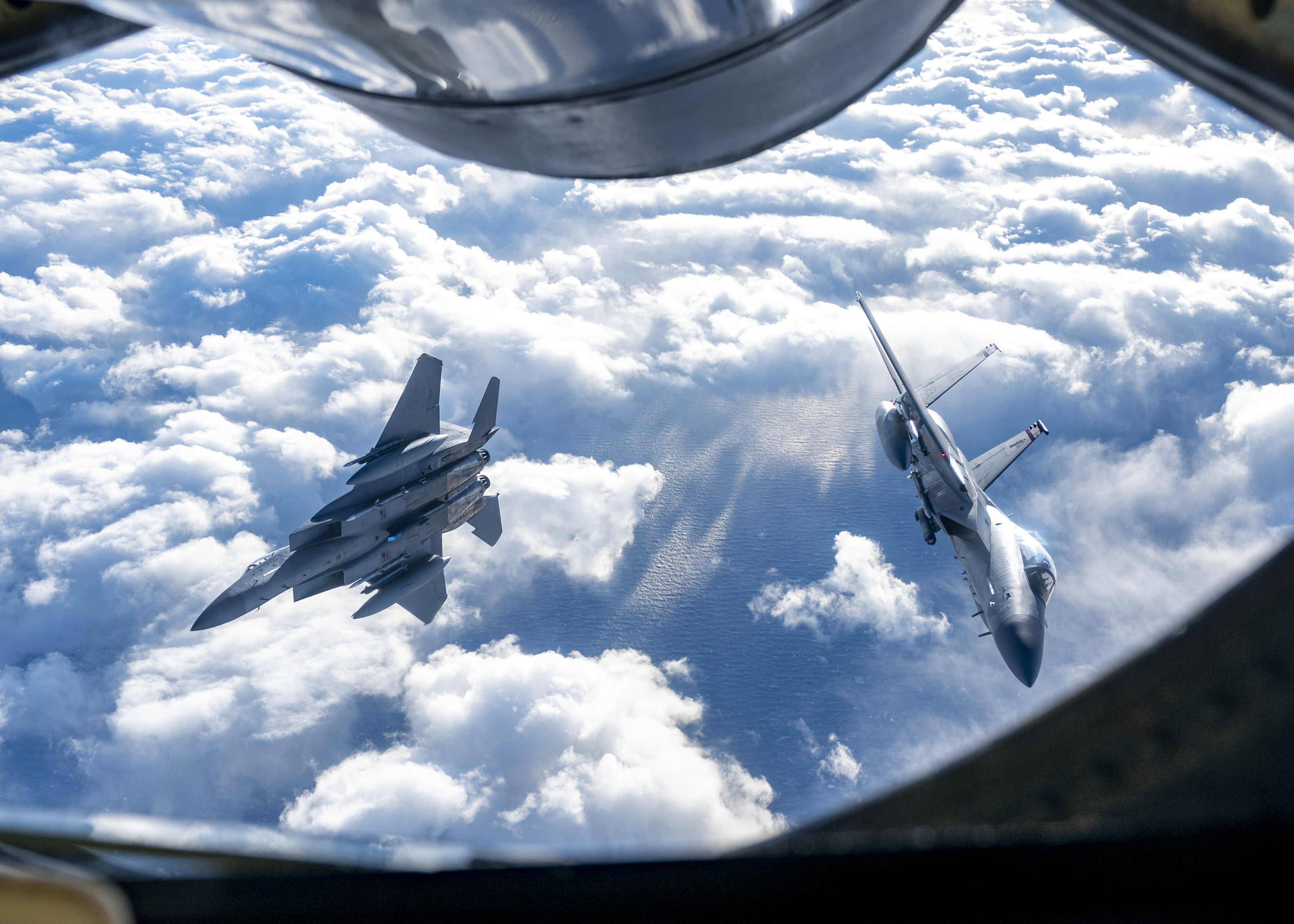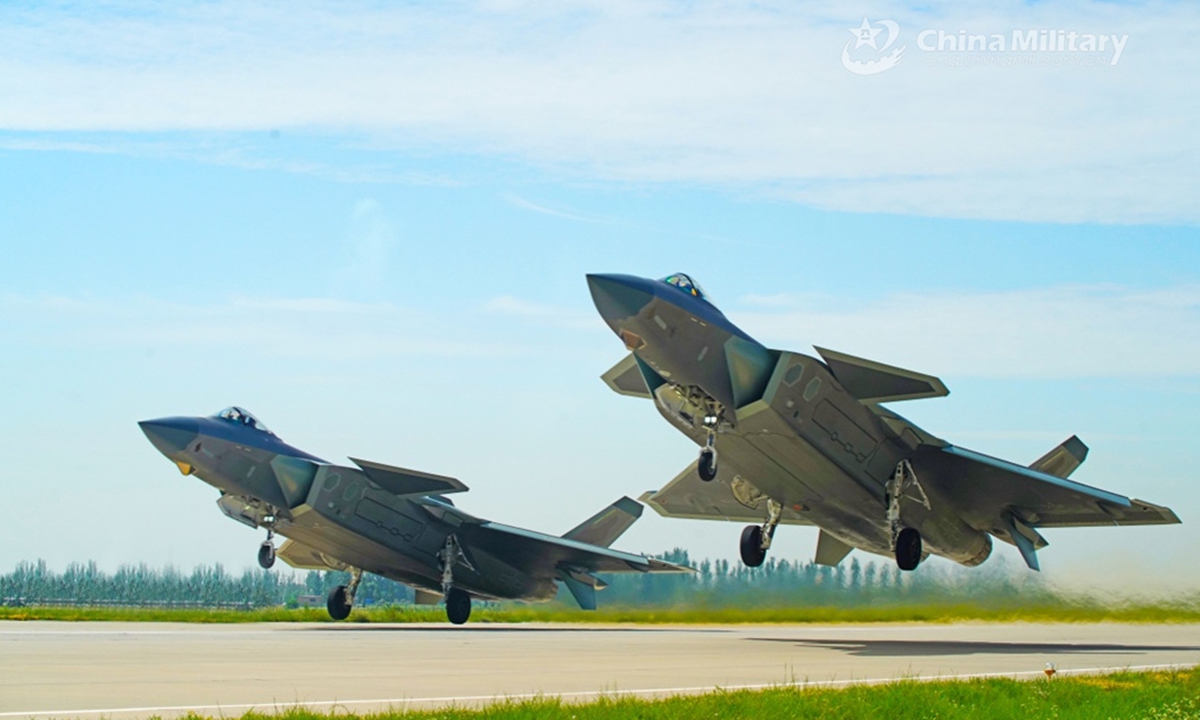Highlighting a significant concern for US national security, Air Force General Gregory M. Guillot, the newly-appointed head of the North American Aerospace Defense Command (NORAD) and US Northern Command, has issued a stark warning to lawmakers: Chinese military aircraft could operate dangerously close to US airspace as early as this year.
During his testimony before the House Armed Services Committee on March 12, Air Force General Gregory M. Guillot emphasized China’s increasing military capabilities and expressed apprehension about possible incursions into the US Air Defense Identification Zone (ADIZ).
While such incidents have not occurred yet, Guillot stressed their growing likelihood in the future. The ADIZ, which extends beyond territorial boundaries, serves as a vital defense mechanism to monitor incoming aircraft.
NORAD utilizes a sophisticated array of satellites, ground-based radar systems, and fighter jets to track and identify aircraft entering or leaving US airspace.
While Russian military aircraft frequently enter the US ADIZ without breaching territorial boundaries, NORAD occasionally dispatches fighter jets to intercept and escort these aircraft out of the zone.

Since 2007, when Russia resumed long-range aviation activity beyond its typical zones at the behest of President Vladimir Putin, NORAD has recorded an average of approximately six to seven intercepts of Russian military aircraft in the ADIZ each year. These interception rates have varied annually, ranging from a high of 15 to as low as zero interceptions.
General Guillot is concerned about the possibility of Chinese aircraft engaging in comparable operations, which would signify a notable escalation in the People’s Liberation Army’s operational capabilities.
The concerns have been exacerbated by China’s expanding military collaboration with Russia. In August 2023, several Chinese and Russian military vessels conducted a joint naval patrol near Alaska, marking the first instance of what seemed to be the largest flotilla to approach US territory.
Although the Russian and Chinese vessels refrained from entering US territorial waters, the action was viewed as “highly provocative,” prompting the USA to dispatch four navy warships and a reconnaissance aircraft to monitor the flotilla.
The potential for Chinese aircraft to enter the US ADIZ represents an extension of the People’s Liberation Army’s operational reach. In recent years, the People’s Liberation Army (PLA) has breached the ADIZ surrounding the island of Taiwan on numerous occasions, with instances of sending dozens of planes in a single day.
Observers caution that these actions may be aimed at testing Taiwanese defenses or inducing a false sense of security. In the Indo-Pacific region, encounters between US and Chinese aircraft have become more frequent.
The Pentagon disclosed in 2023 that Chinese aircraft had engaged in over 180 risky intercepts of US planes within the past two years, surpassing the total number of incidents recorded in the previous decade. This trend has raised concerns about China’s increasingly erratic and provocative behavior.
US Initiates Measures To Combat Chinese Surveillance Balloons
General Guillot, in addition to sounding the alarm about potential Chinese military aircraft incursions into US airspace, highlighted the infiltration of US airspace by Chinese surveillance balloons on multiple occasions in recent years.
Guillot informed lawmakers that these balloons had managed to enter US airspace unnoticed. The Pentagon failed to detect several incidents until a balloon traversed the entire continental US in January 2023 and was shot down after several days.
China’s response to incidents involving the infiltration of US airspace by Chinese surveillance balloons has been marked by uncooperativeness and diplomatic tensions.
In early 2023, when a US fighter jet shot down a Chinese spy balloon that appeared to be conducting surveillance of military bases in the continental United States, then-Chinese Defense Minister Gen. Wei Fenghe rebuffed attempts at communication from US Defense Secretary Lloyd Austin.
Addressing this issue, Guillot outlined steps taken by NORAD to enhance detection capabilities, bridging the “domain awareness gap” highlighted by his predecessor, General Glen D. VanHerck.
Guillot explained that adjustments were made to radar sensitivities to better detect low radar cross-section, slow-moving, and high-altitude objects, although this adjustment resulted in increased clutter due to additional data.
Further, operators had now been instructed to track intermittent hits that may have been previously dismissed as weather or other phenomena, ensuring that objects like balloons are properly identified and monitored.

The US Air Force official emphasized the importance of improved domain awareness between combatant commands, enabled by the Joint All-Domain Command and Control (JADC2) system, allowing seamless data sharing to enhance surveillance capabilities.
Despite these efforts, Guillot stressed the need for further investment in NORAD and NORTHCOM’s surveillance systems, prioritizing the development of over-the-horizon radar (OTHR) and the Long-Range Discrimination Radar (LRDR).
The Missile Defense Agency confirmed the near-completion of the LRDR missile defense system in Alaska, scheduled to commence operations later this year.
Both the US and Canadian militaries have invested in OTHR technology. Plans are for the construction of four OTHR installations for NORAD and NORTHCOM, one of which will be situated in Alaska.
Guillot underscored the importance of maintaining the momentum of these programs to bolster defense capabilities against cruise missiles, traditional air tracks, and hypersonic weapons.
- Contact the author at ashishmichel(at)gmail.com
- Follow EurAsian Times on Google News




